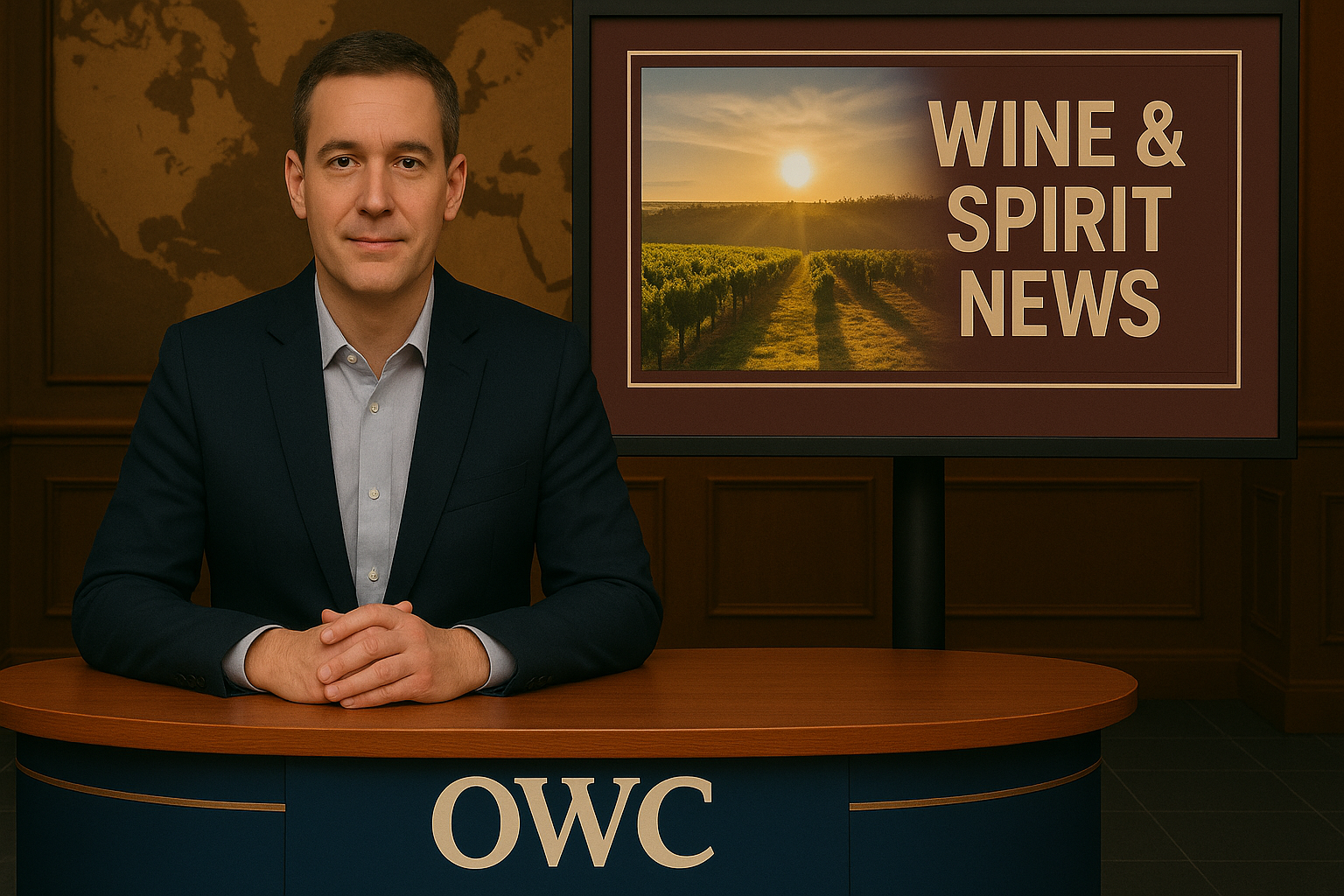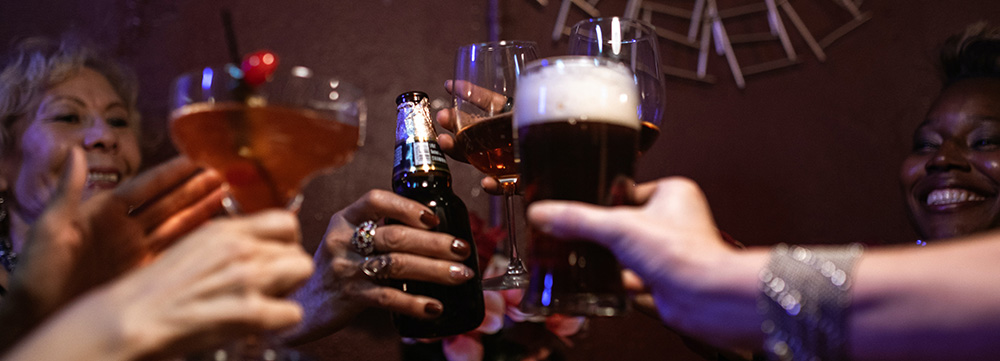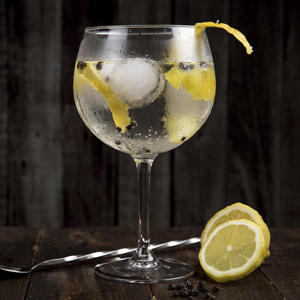Titbits
No order of priority
No order of priority
OWC A British tourist from Kent has been charged with grand larceny in the USA for stealing several bottles of fine wine from an historic luxury cellar. If found guilty the mother of three faces a lengthy jail term. It is alleged that she posed as the assistant to a wealthy wine connoisseur to distract the cellar's sommelier while an accomplice slipped six bottles from the Domaine de la Romanee - Conti estate into specially adapted pockets in his overcoat. The famous Burgundy was valued at £30,000. It is claimed that the distraction was captured on CCTV when the accused was explaining that she was the personal assistant to a Canadian businesswoman who wanted to host a twenty five person dinner.
OWC Beer tastes different dependant on the type of glass we drink it from a recent study suggests. Blindfolded drinkers thought that the same beer tasted sweeter when they sipped it through a thicker rimmed glass as opposed to a thinner one. Researchers from Chuo University in Japan enlisted 49 men and women, all regular beer and wine drinkers without telling them the purpose of the study. They were each given two glasses whilst blindfolded. The glasses were identical in shape. One of the glasses had a thinner rim between 1mm and 1.2mm and the other was 2.9mm-3mm. The participants described that nearly two thirds of the samples sipped from the thicker glass tasted sweeter. Charles Spence, professor of experimental psychology at the University of Oxford commented that ' people associate sweetness with roundness and it may be that the rounder feeling of a thicker glass lip primes sweetness'. The findings appeared in the journal Food Quality and Preference.
OWC The top-rated whiskey according to the 2025 Asia Spirits Ratings was an Irish expression from a relatively obscure producer. The Donn '23 Edition from Craft Irish Whiskey Company is poised to make a splash in Asian markets after taking home the highest honour at this year’s inaugural tasting. The non-age-whiskey was matured across a battery of casks, including Bourbon, Tawny port, Hungarian oak, and PX sherry. This dynamic ageing process has resulted in a profoundly rich and roundly textured sipping experience. It is considered that Asia is one of the most exciting growth markets for spirits with key markets being Thailand, Vietnam, South Korea, Japan, Singapore and China. Asian Spirit Ratings
not only takes in to account in its judging the quality of the spirit but also packaging, pricing and value for money.
OWC A report by Kathryn Knight featured in the MailOnline with the heading 'Labour has hurt us more than Covid': Hospitality firms reveal how the Budget will leave them struggling to survive - reveals even more woe for the hospitality industry. Already struggling under the weight of increased national insurance and minimum wage costs, the hospitality sector was praying for help from the recent budget. Instead, pubs, restaurants, hotels and retailers were met with increases to the national minimum wage, and in many cases higher business rates, despite the Chancellor promising to provide relief. Now Rachel Reeves faces a backlash over business rates raids from hospitality firms over her 'misleading' claims to have cut them to 1991 levels. She announced she would 'permanently lower tax rates for over 750,000 retail, hospitality and leisure properties' and pay for it by hiking taxes on larger properties. But after her speech, many small businesses realised that their bills would actually go up. For many businesses, not annihilated by Reeves's first Budget, this will mean a struggle to survive.
OWC Drinks giant Bacardi have reported that the shift in drinking cocktails has swung from early evening to an all day affair. They say that the late afternoon is becoming prime time for cocktails as consumers trade traditional nightcaps for daycaps. Bacardi reports that younger drinkers are turning to lighter and sweeter serves that suit earlier social drinking times. A global consumer survey from the company suggests that earlier evenings are now routine for sizeable portions of drinkers across Spain, India, Italy and Australia with notable shifts among younger drinkers in France and the US. Drinking delicious Bacardi cocktails in the UK is on average around 6.12 pm according to the survey.
OWC More proof that the spirits trade is having a tough time. Pernod Ricard has been hit by falling sales. They reported that sales in the three months to the end of September were £2bn. down 14% on the same period last year. The results were driven by China where sales dropped 27%. Spending is tight in China largely due their property crisis. Sales also fell in the US, especially for higher priced spirits with a 12% drop. In Europe they suffered a 4% fall with a modest decline in the UK.
OWC A report by Knight Frank, the London-based global real estate consultancy agency claims that 46% of the world's super rich people - individuals with a net worth of over $30 million available for investment would consider moving to the EU, driven by business opportunities (mainly in the agri-food sector), financial stability, tax incentives, shelter from international geopolitical tensions and climate change, and, last but not least, the phenomenon of overtourism. Good news for the EU wine and olive oil sector.
OWC Guiness is in the news again with a new version - 60/40 - 60% 0.0 and 40% normal 4.2 mixture is being offered at the Palmerstown House Pub, in Old Lucan Road in Dublin. It has caused quite a response, especially on the internet with questions whether it can be legally classed as beer. The drink is still made with the traditional two-stage pour. The Guinness Zero is poured first, and then the alcoholic Guinness is poured after.
OWC Records were broken in a Manchester night club where a mysterious ex sportsman indulged his friends with drinks totalling a jaw dropping £88,589.60. They included a bottle of Clase Azul tequila priced at £9,500 and multiple magnums of Dom Perignon rosé champagne at £2,000-a-pop. Also on the anonymous customer's bill for a party of 12 were Armand de Brignac Ace of Spades Champagne costing £1,500, and Chivas Regal 25 blended Scotch Whiskey at £950. The service charge charge - calculated at 10 per cent of the bill - amounted to £8,053.60. Sharing the tab on Instagram, Continental Club wrote: 'RECORD BROKEN. Some come to sip… others come to set records. 'The biggest table spend to EVER take place in a club in Manchester.'
OWC French winemakers have had crisis talks with ministers as sales slump, Trump's tariffs kick in and the worst harvest in 70 years, putting many of them in danger of closure. Jean-Marie Fabre, the president of the independent winemakers’ syndicate, said urgent action was needed to save up to a fifth of the country’s winegrowers. “They are putting their final efforts into this battle for survival. The situation is dramatic and the government has to do something,” Fabre said.



































 EVENTS
EVENTS TERRY'S BLOG
TERRY'S BLOG SPARKLING
SPARKLING INVESTMENT
INVESTMENT WINE
WINE GIN
GIN VODKA
VODKA WHISKY
WHISKY ADVERTISE WITH US
ADVERTISE WITH US